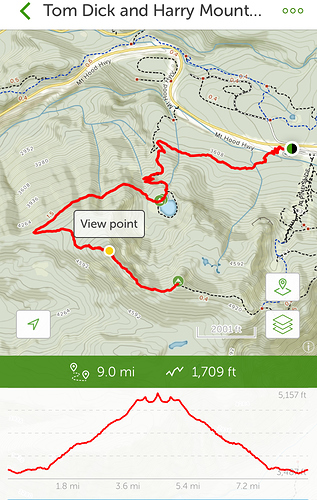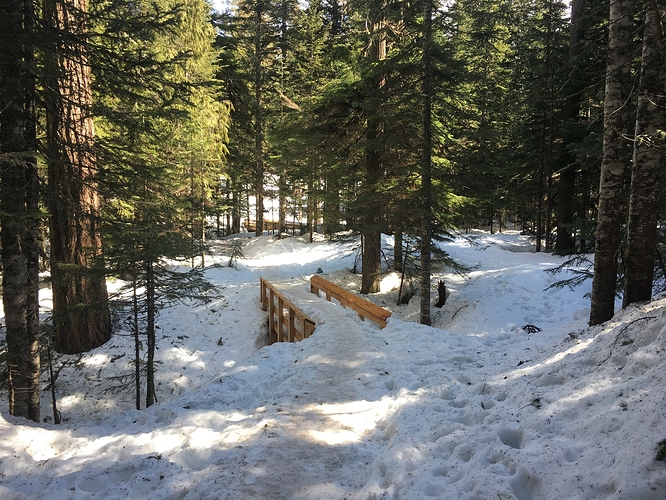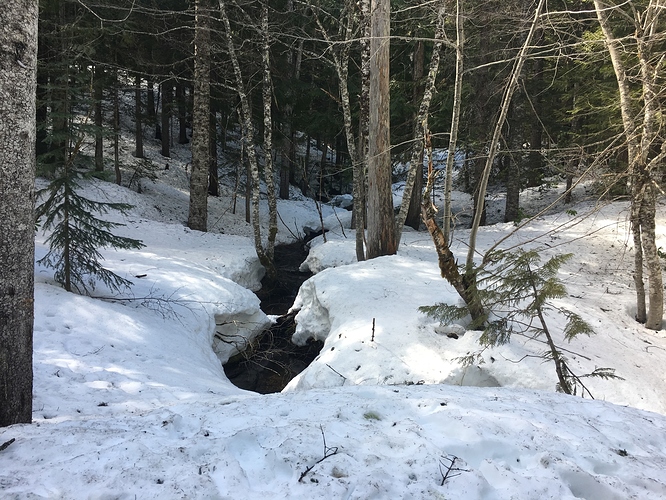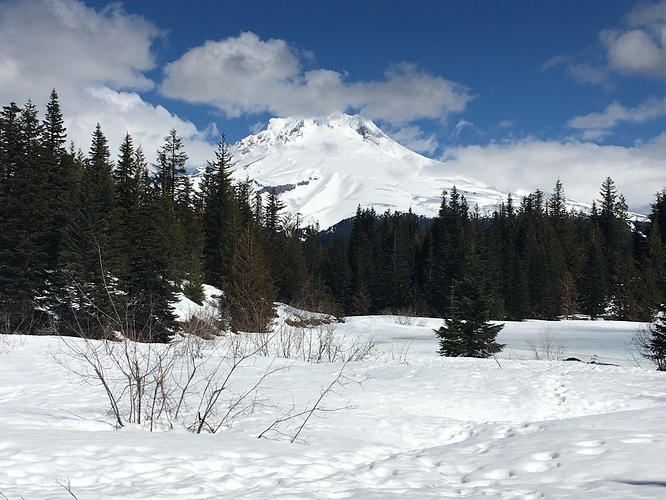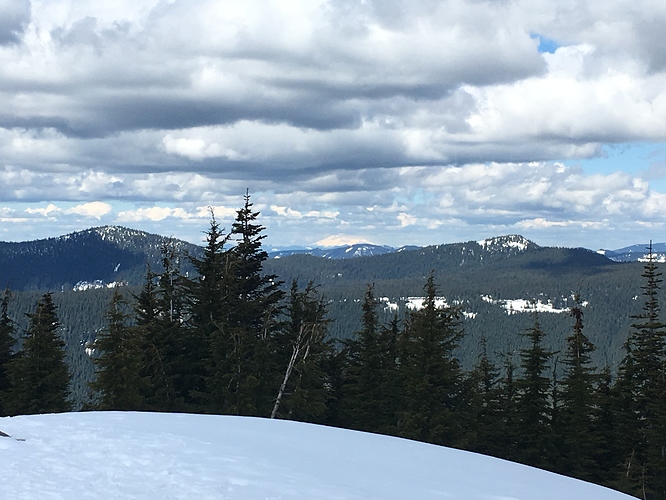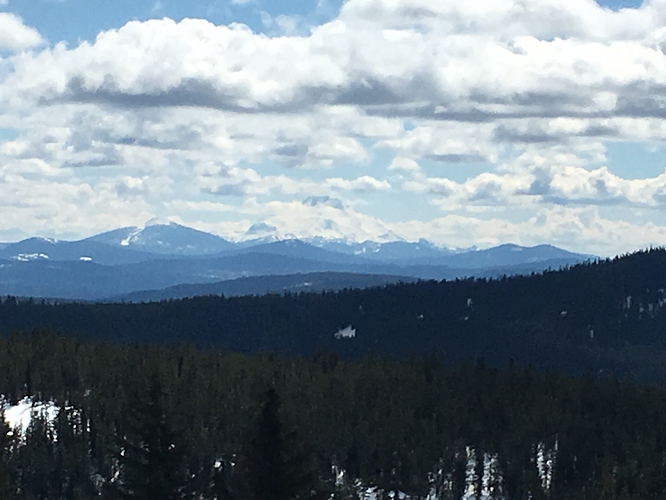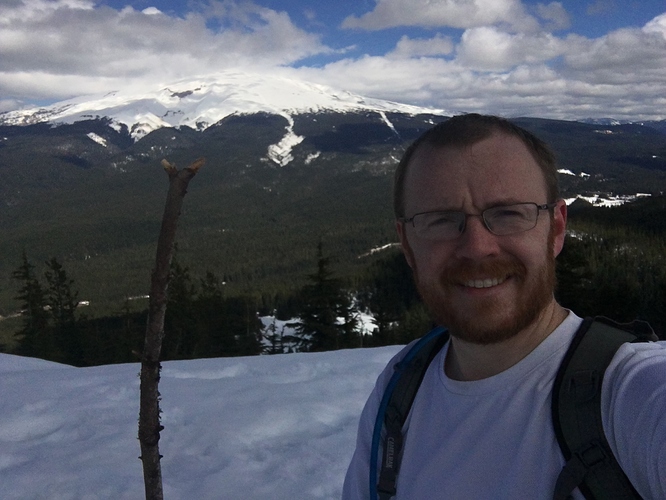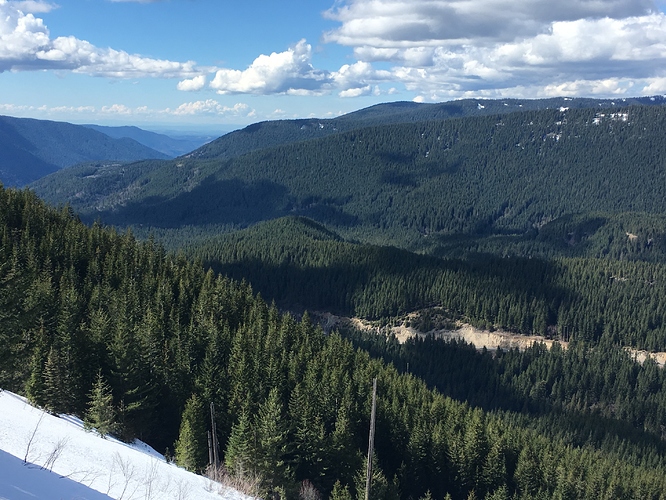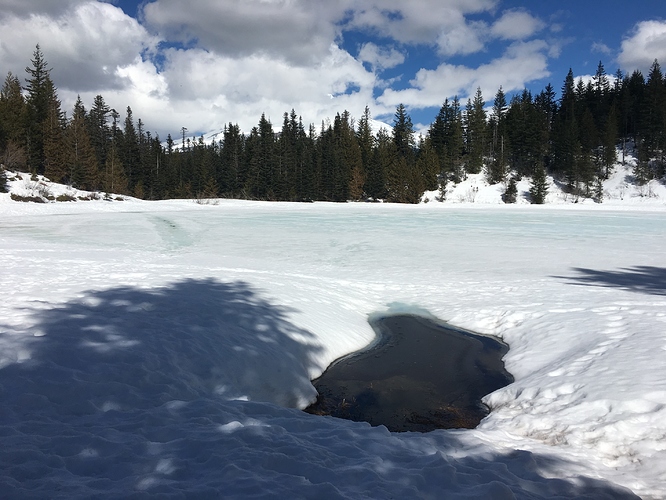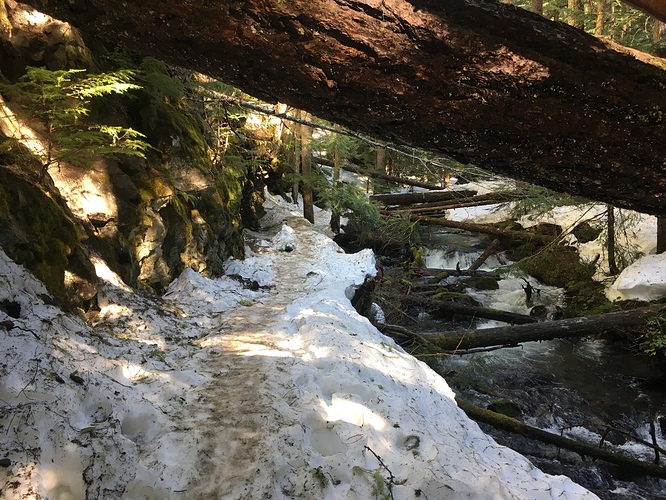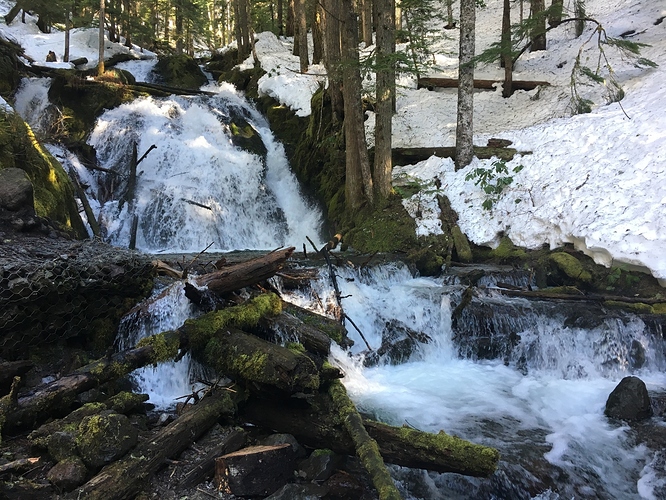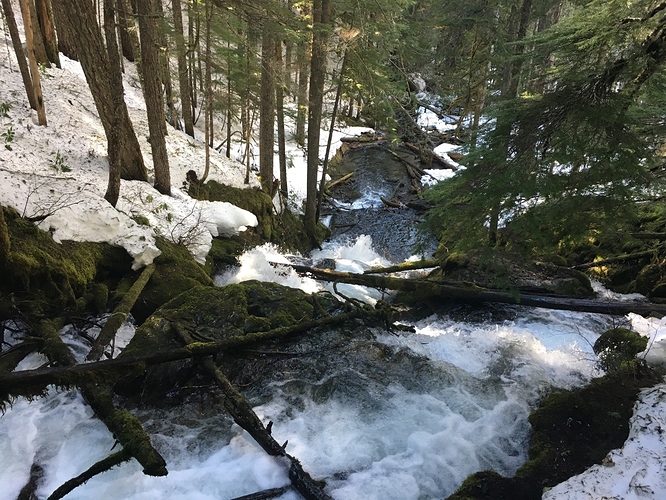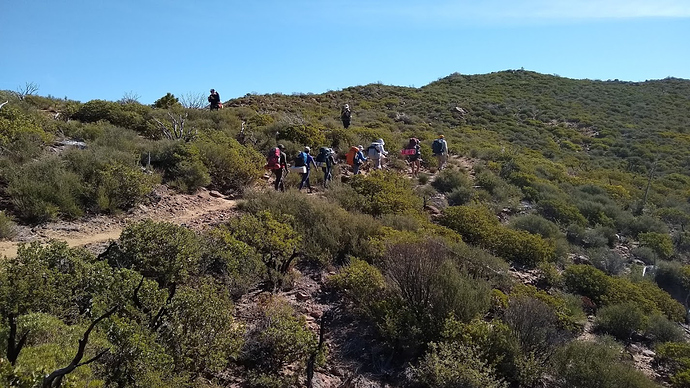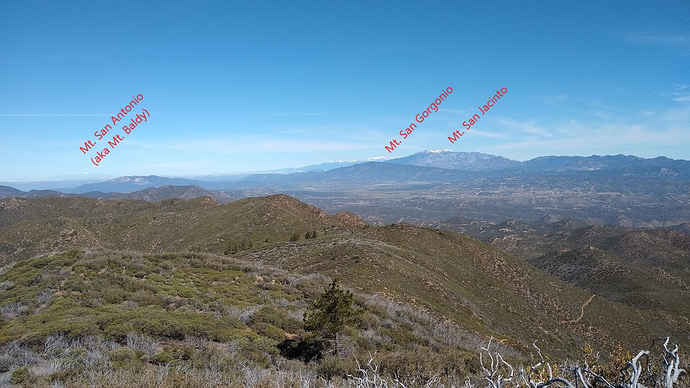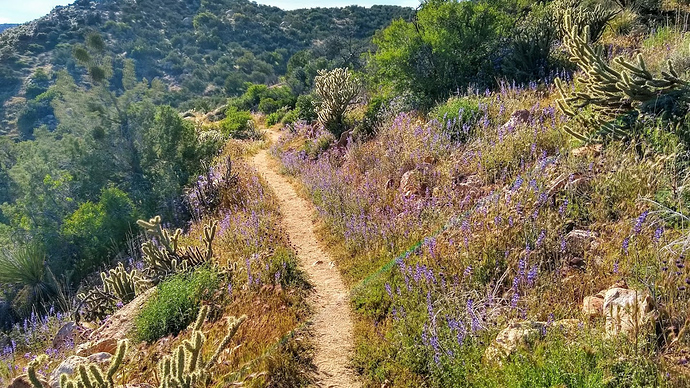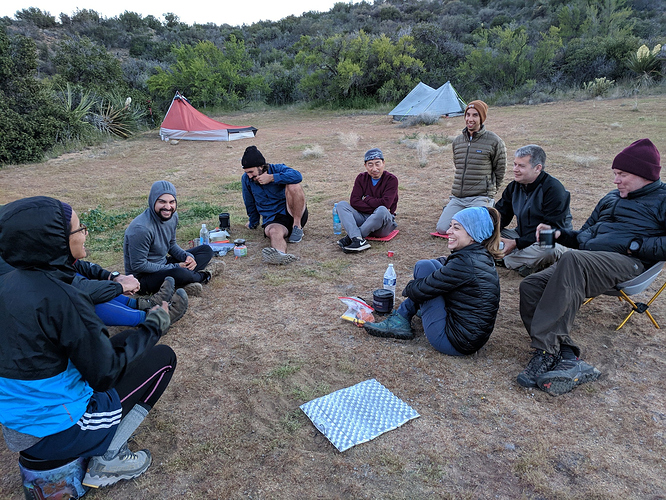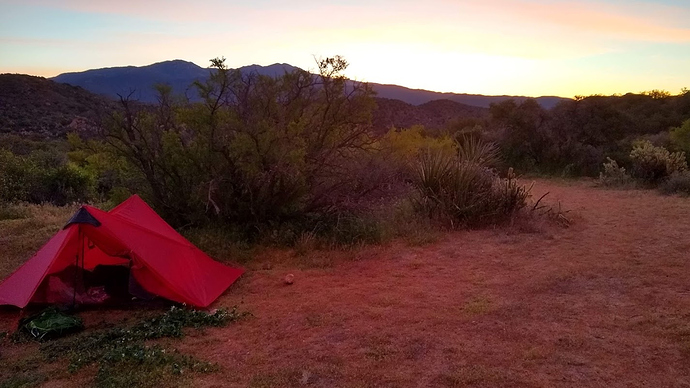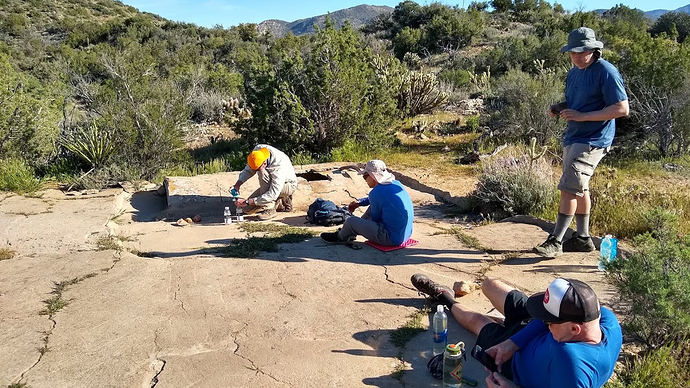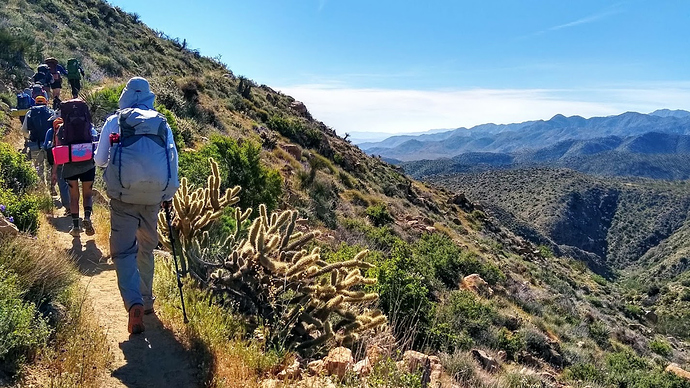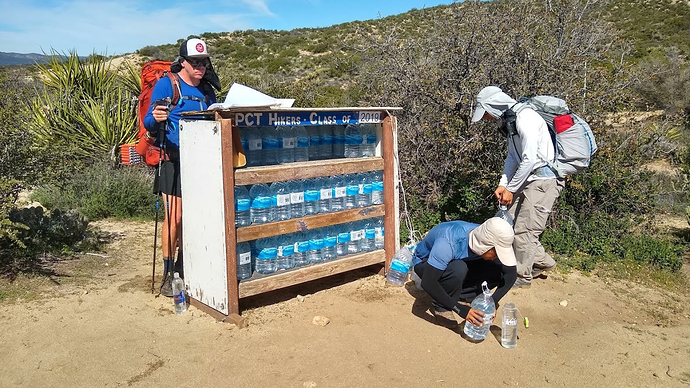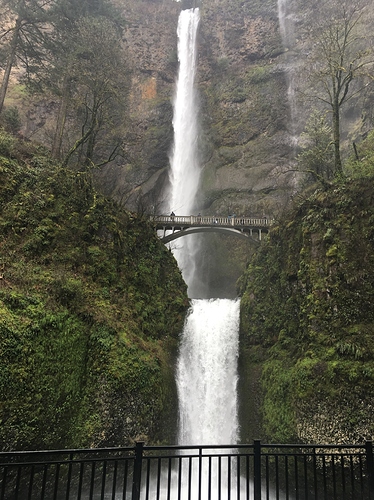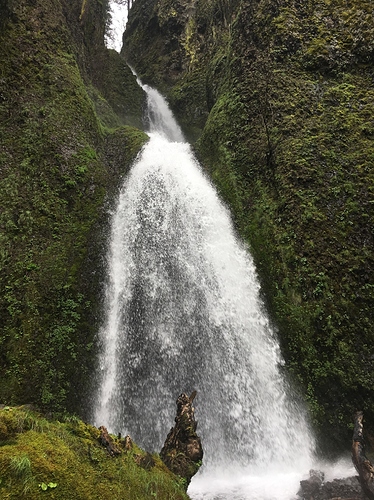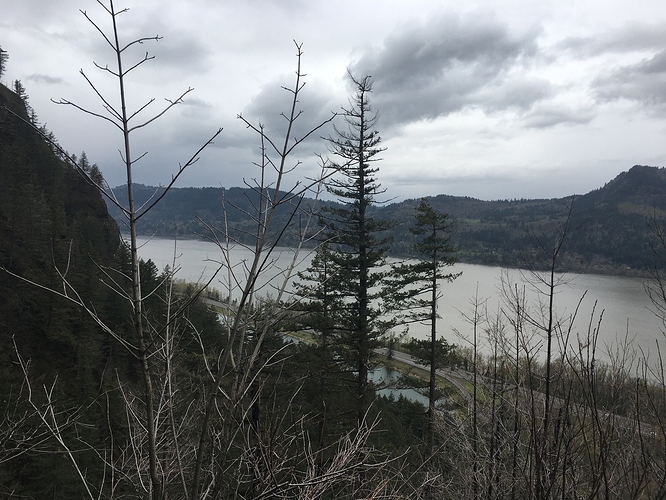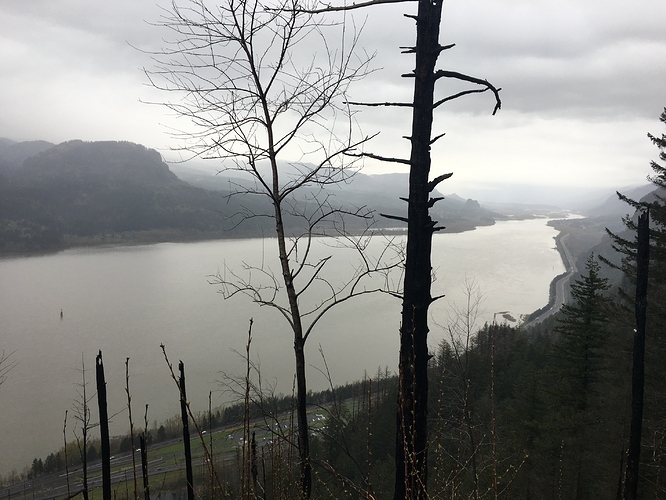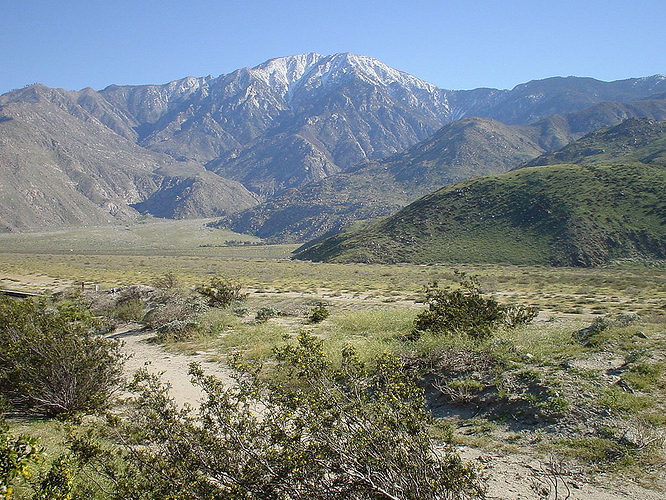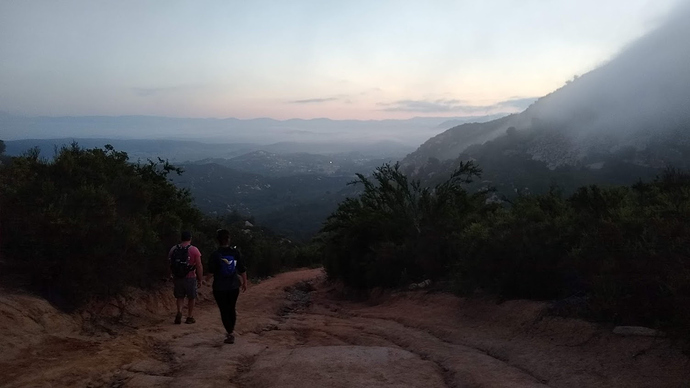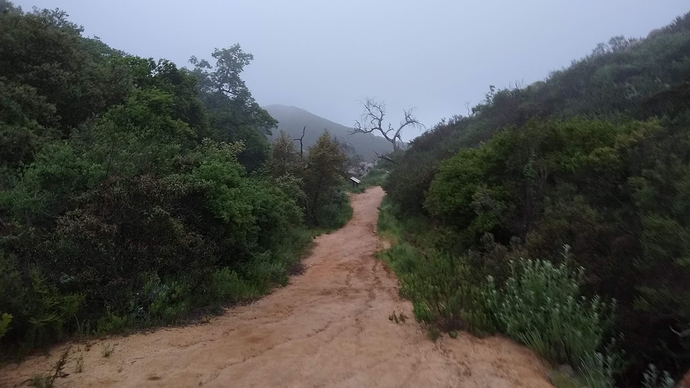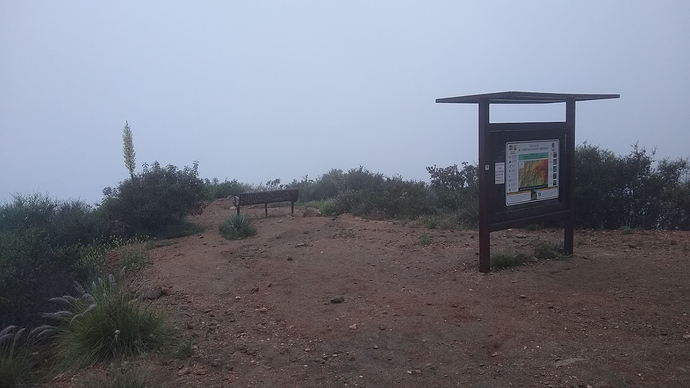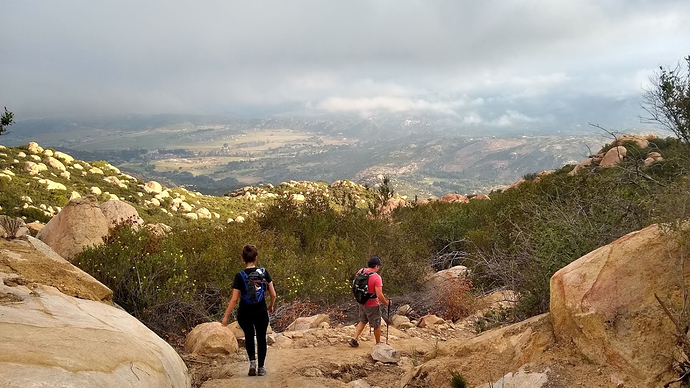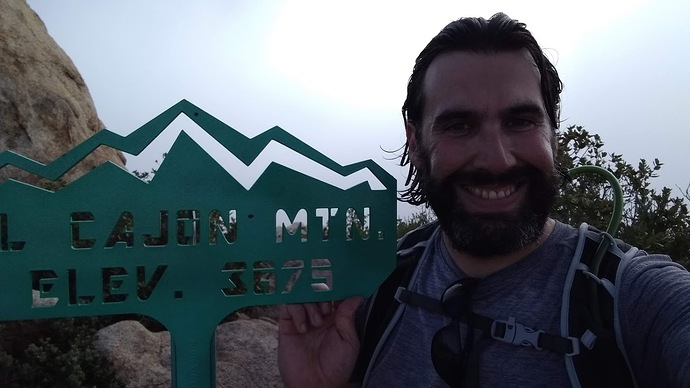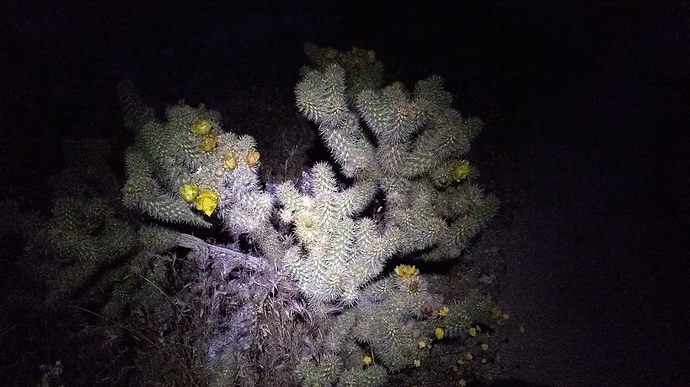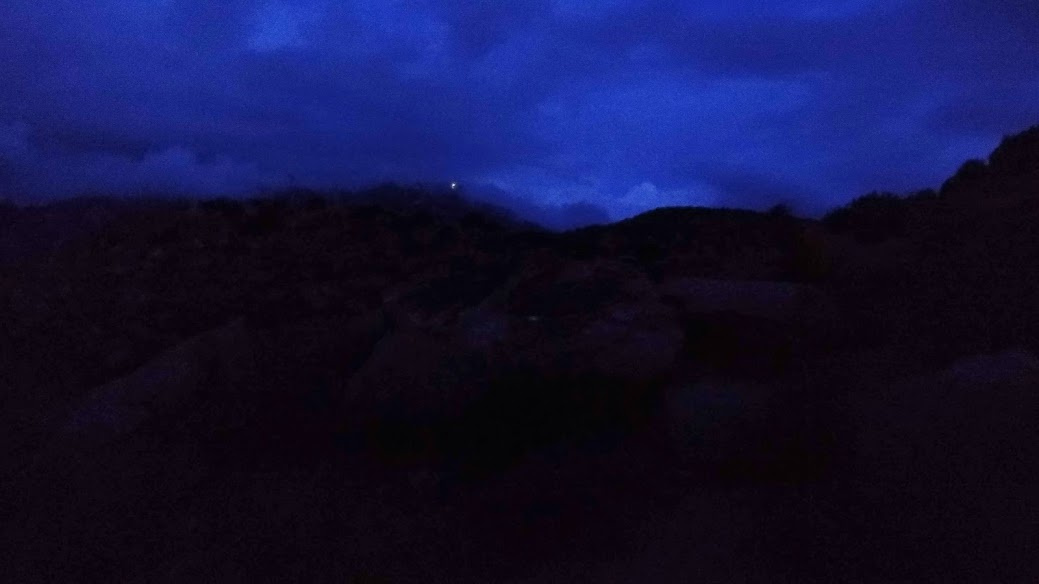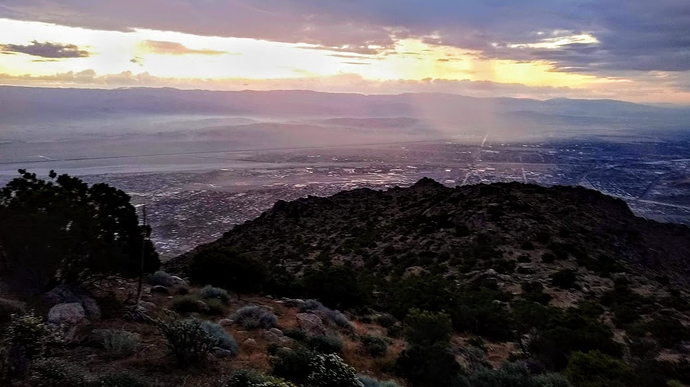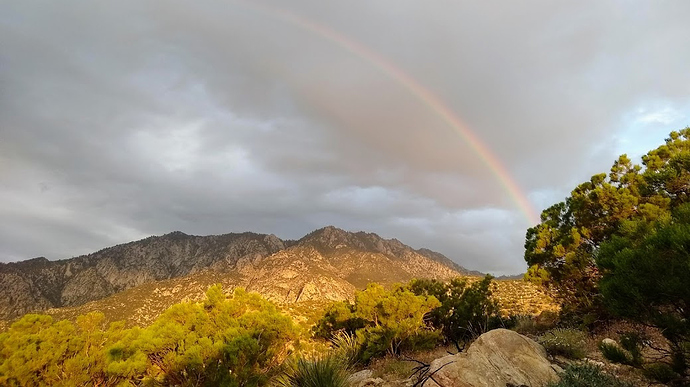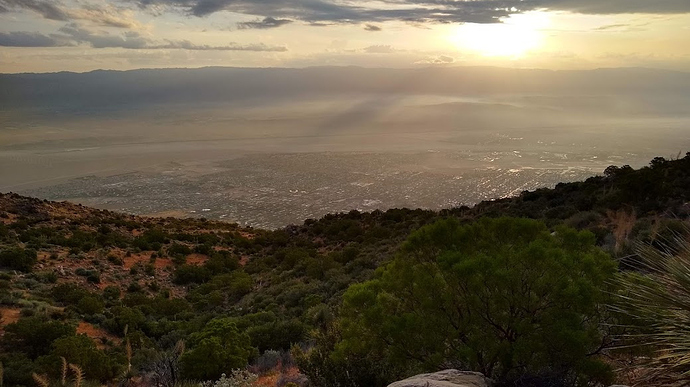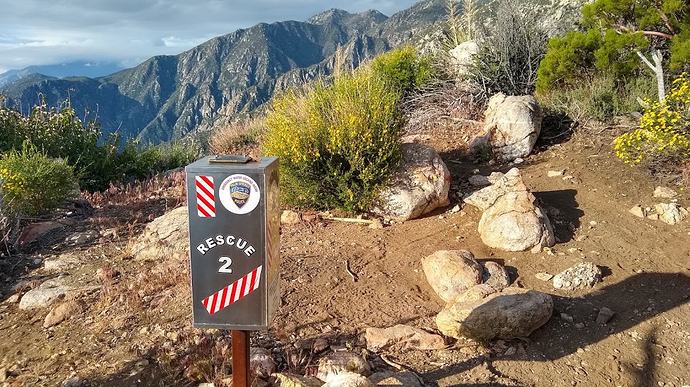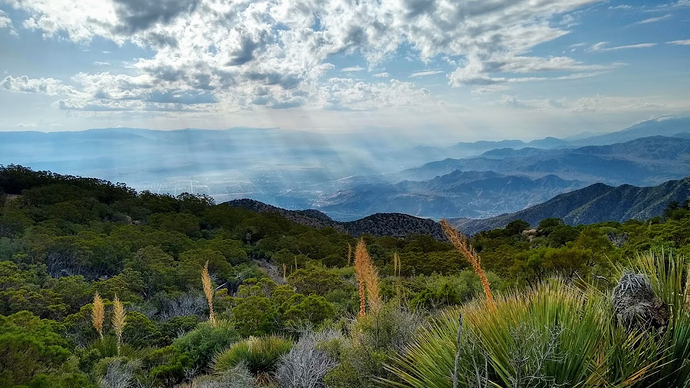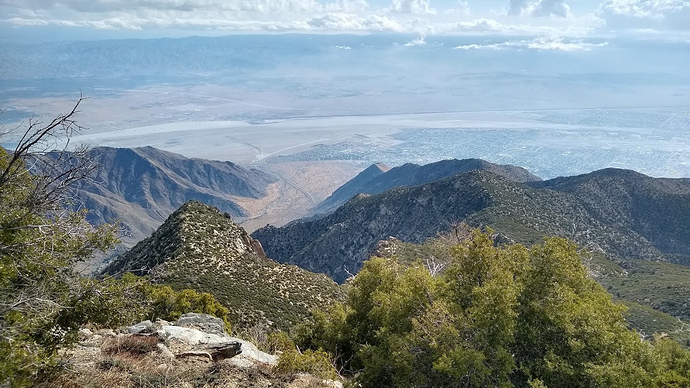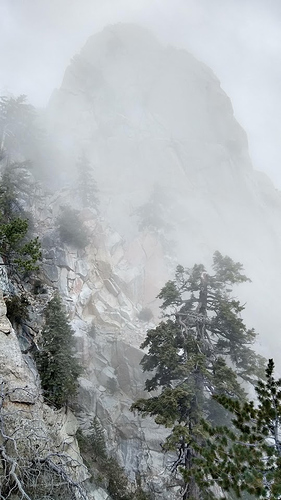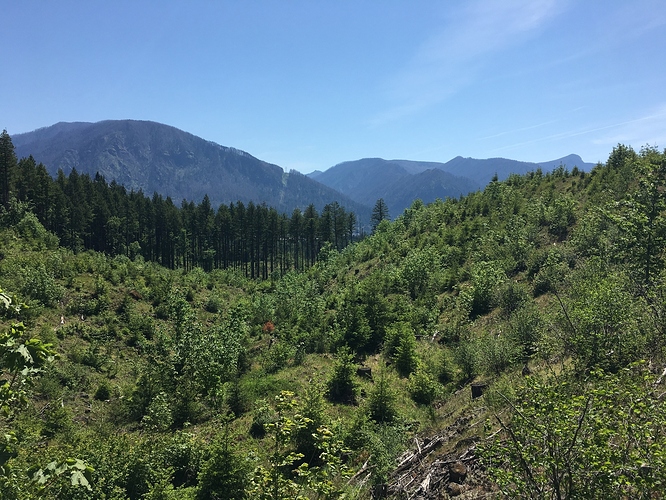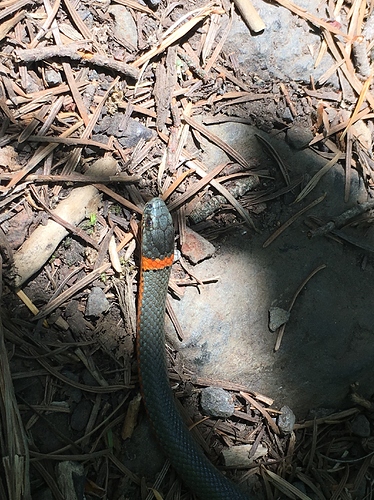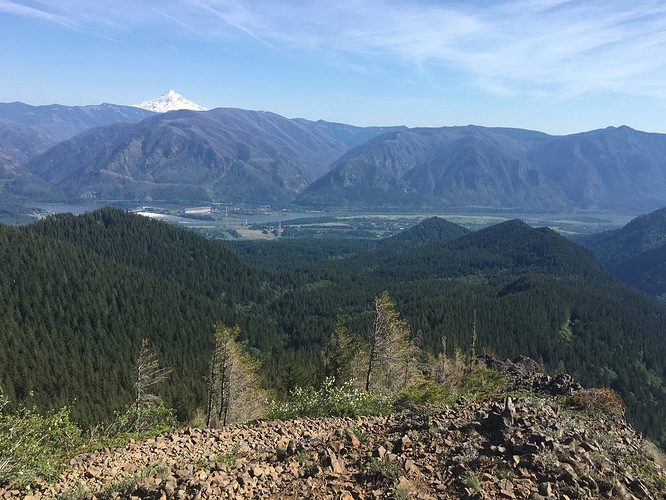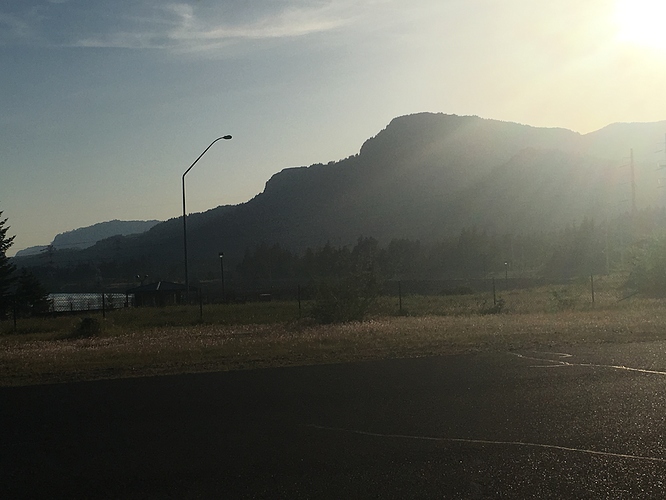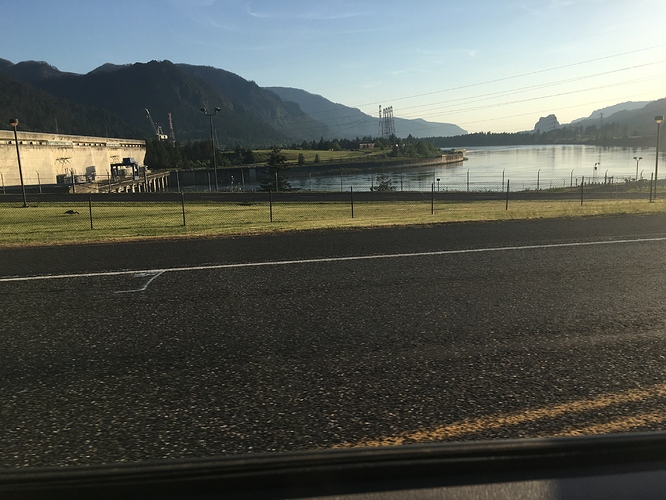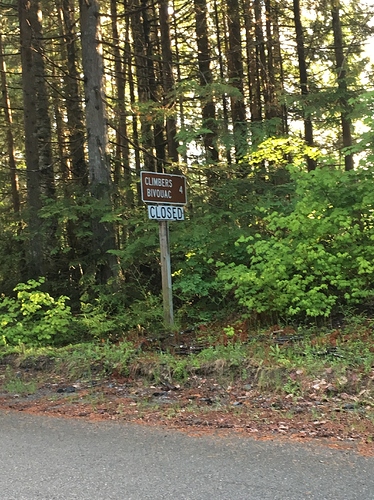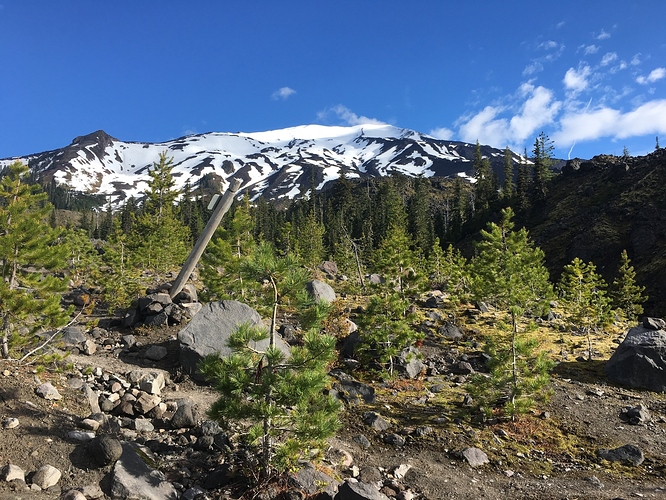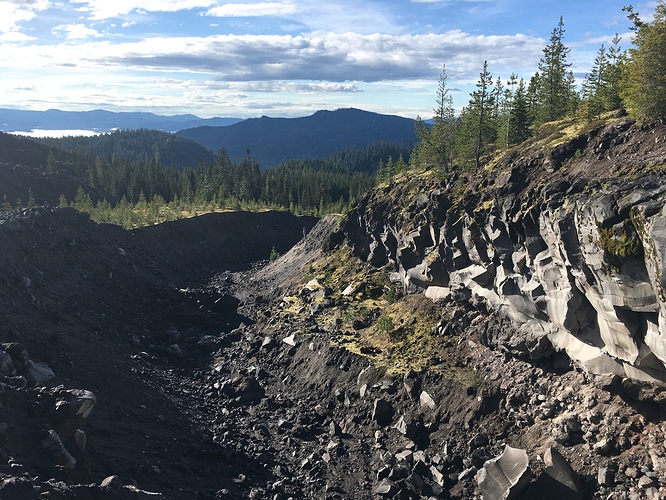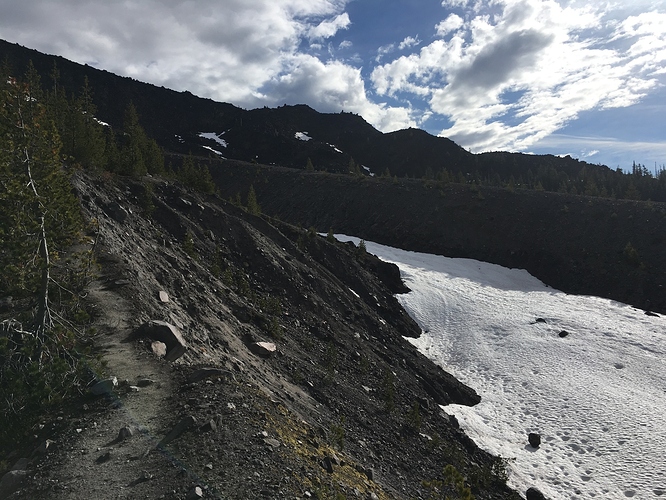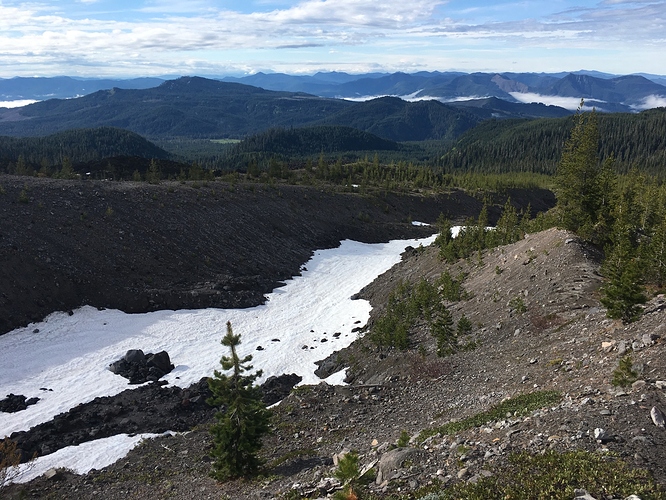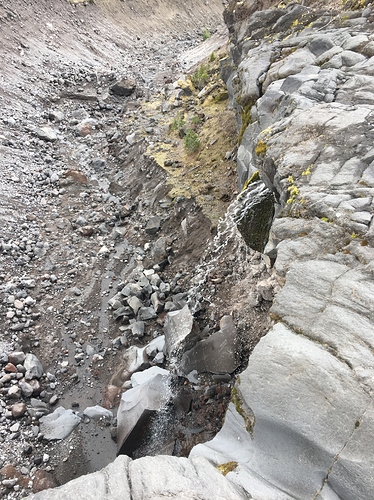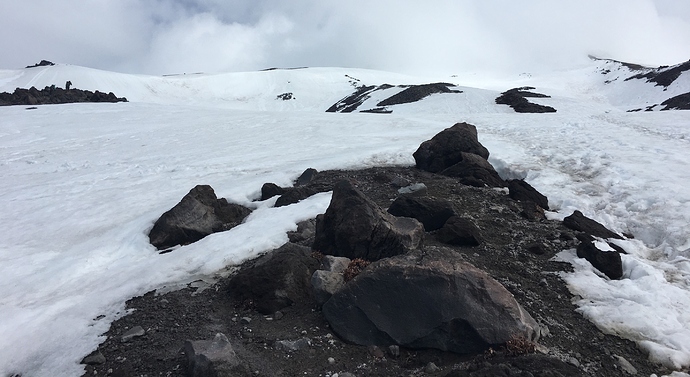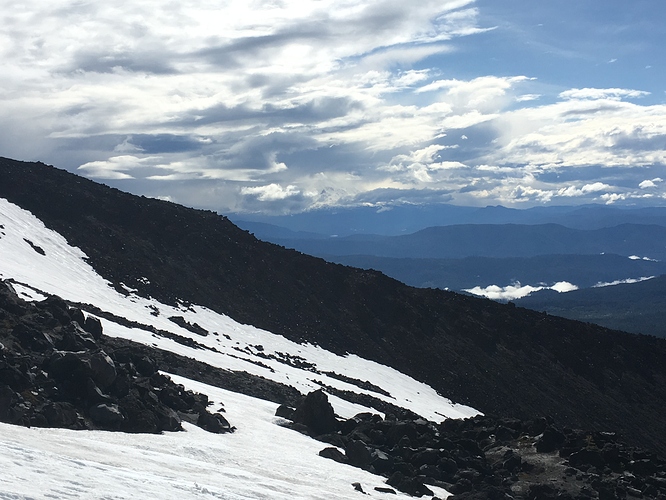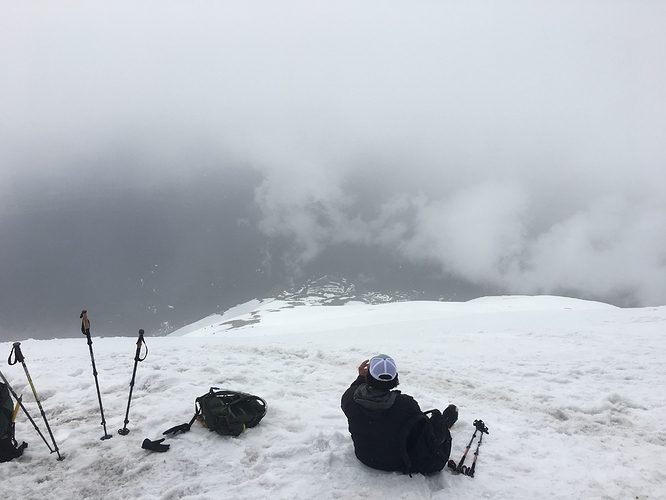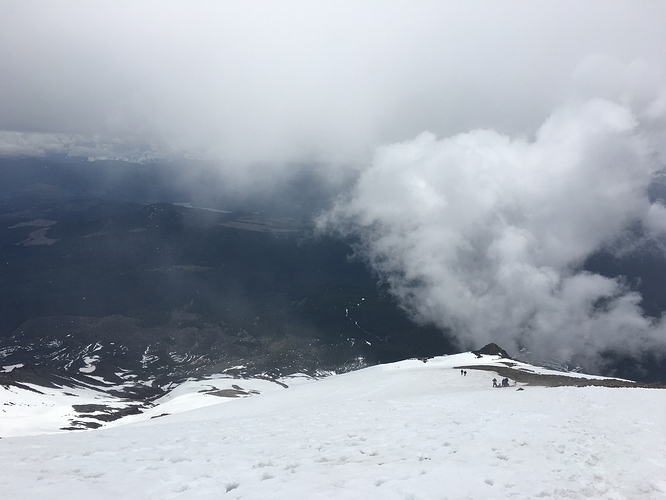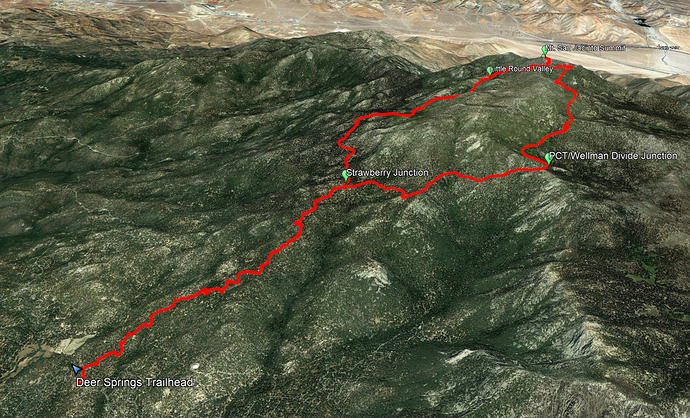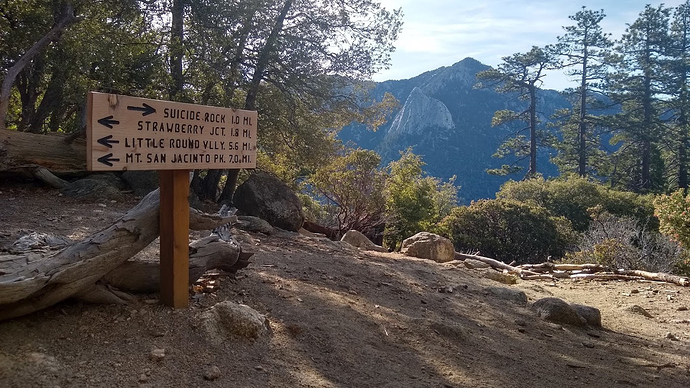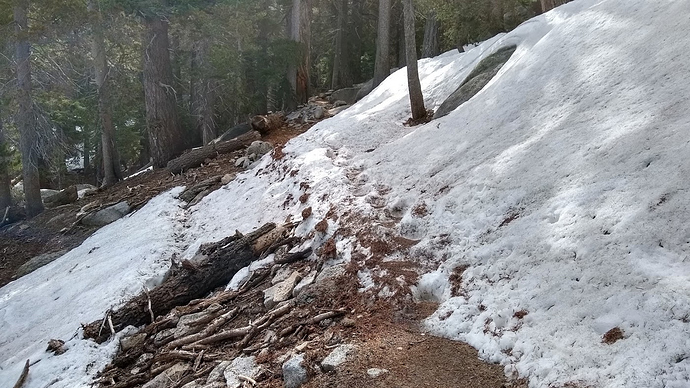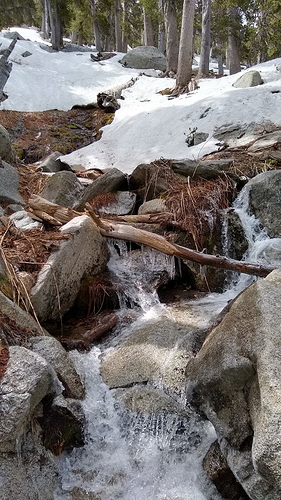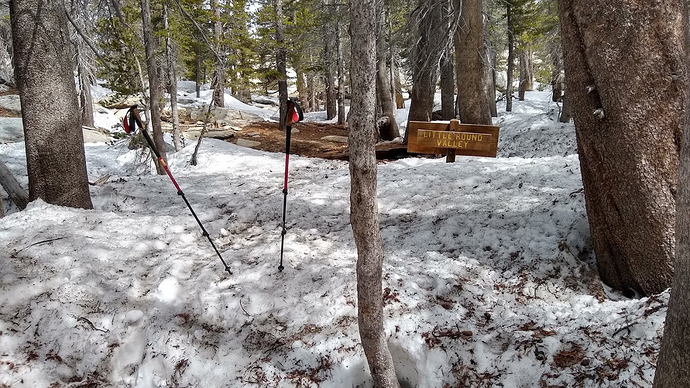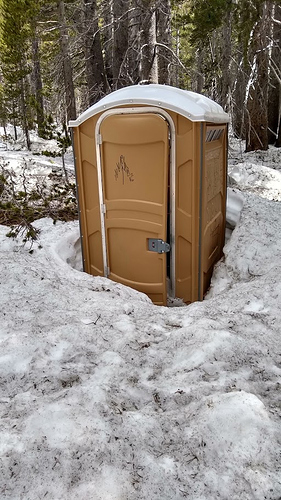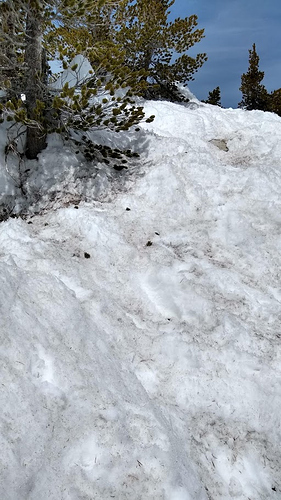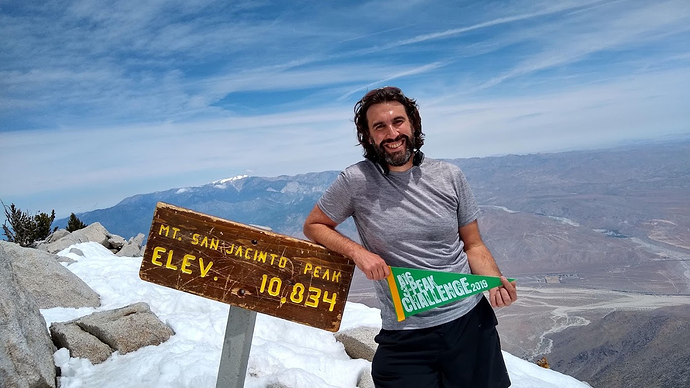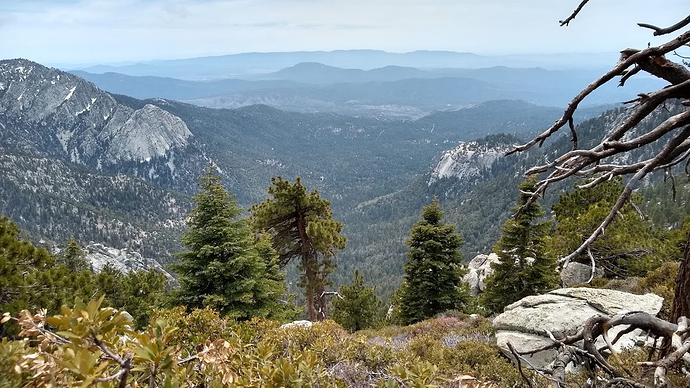Nice pics @Hal9000. I admit, the Tetons are high on my list of places to visit.
Speaking of hikes, I did one last weekend over at Mount Hood. Nothing too unusual, I stuck to the very popular Tom Dick and Harry trail, and it was quite heavily trafficked that day despite conditions. Probably because it was a gorgeous day in the 60’s with clear skies.
This is the extended version of the famous Mirror Pond loop, which goes to the top of the ridge behind it. Now the reason I did this trail was simple.
I’d never been to Mirror Pond
It’s lower elevation
It’s a heavily trafficked trail
2&3 are linked as a single reason really, everything above 3000 feet was snow the weekend before in Tillamook, and I figured the same would be true at Hood. Nothing worse than driving an hour and a half to discover your planned hike is inaccessible. So keeping it low and heavy I could give my self the best chance of a trail that was passable, especially as I lack snow shoes, crampons, or proper snow boots.
So the snow was now above 3000 feet, so retreated a few hundred feet from the week before. Still this trail starts at 3400 feet, so it was going to be all snow.
Was fine though. The snow was hard, and provided you stayed on the path would be accessible. Was cool too, lots of little creeks along the way
Getting to Mirror Pond wasn’t that hard. Which meant I was passing people left and right. Most people only go to the pond, so once I passed that things were quite a bit more open (and slippery!). However I took the opportunity for a brief detour to enjoy the view.
Admittedly snow does not a mirror make.
It is a cool trail. And from the top I had views of Mt St Helens, Mt Adams, and Mt Jefferson. Which is only possible on really clear days.
Me with my locally sourced, artisanally curved, wood composite climbing tool
Aka the stick I found halfway up when it got slick.
Portland is thataway
Open water! But no mirror…
The Tom Dick and Harry ridge, where I had been.
I had plenty of time left, as this wasn’t a particularly strenuous 9 mile hike, so decided to do a short additional, to the Little Zigzag falls.
Overall an easy day of hiking, about 11 miles total, but an enjoyable one. I think my decision to keep it lower elevation was the right one, as once I hit the lower trafficked parts of the Tom Dick and Harry, the trail became much harder to navigate, and the last bit was postholing with every step. Which just isn’t enjoyable. Had I done Hood proper, it’s unlikely I would have gotten the views, or enjoyment, of the hike I did.
